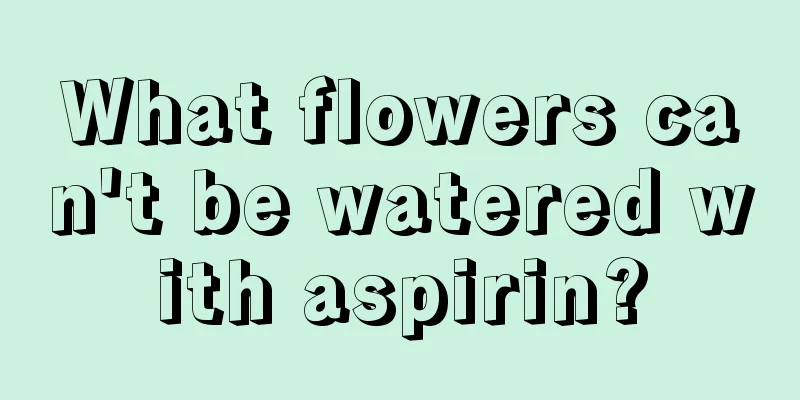How to cultivate Prunella vulgaris

1. Maintenance methods1. Temperature: Prunella vulgaris prefers a relatively warm growing environment. The temperature should not be too high. The normal growth temperature of its seedlings is between 25 and 30 degrees. If the temperature is too high in summer, it is necessary to cool down to prevent a large number of plants from falling over due to high temperature. 2. Watering: Prunella vulgaris likes moist soil, so it needs to be replenished with water frequently. It needs to be done multiple times, but during the rainy season in summer, it is necessary to observe whether there is flooding. If there is flooding, it is necessary to drain the water to prevent the roots of the plants from rotting. 3. Light: Prunella vulgaris needs strong light so that it can grow better. Therefore, there is no need to worry about direct sunlight in the summer, just let it grow normally outdoors. Because of its nature, you should choose a sunny place when planting it to ensure the natural conditions required for its normal growth. 4. Fertilization: Fertilizer is necessary during the growth of Prunella vulgaris. When planting, you need to apply some base fertilizer, mainly animal manure. At the same time, you can add an appropriate amount of water after fertilizing. Some phosphorus and potassium fertilizers can be applied during the growth period to help flowering and growth. 2. Breeding techniques1. Reproduction: Sowing and division are two important methods of reproduction. Sowing can be carried out in spring and autumn. The soil should be kept moist after sowing, and attention should be paid to the distance between the plants. In this way, they will germinate in about half a month. If you want to divide the plant, dig out the roots of the old plant and plant them separately. Seedlings will grow in about a week. 2. Pruning: Prunella vulgaris generally does not need to be pruned, because it usually grows in the wild or is planted in large areas, so it does not need to be pruned. If yellow branches and leaves appear at the roots, you can just cut them off at any time. 3. Problem diagnosis and treatment1. Diseases: Damping-off is the main disease, which can be completely controlled by spraying pesticides. 2. Pests: Aphids will appear. Dichlorvos solution can be used for prevention. IV. Other issues1. Toxicity: It is non-toxic and has good medicinal value, so it can be planted with confidence. 2. Can it be raised at home? It is not recommended to raise it at home because its growth conditions cannot be met at home. |
Recommend
What are the cultivation methods and precautions of Luohan bamboo?
Introduction of Luohan Bamboo Luo Han bamboo is a...
What causes leaves to turn yellow? How to treat it?
Yellowing of leaves is one of the common physiolo...
Can camellia survive in the north? (Why can't I keep the camellia I bought alive?)
Camellia is mainly distributed in the Yangtze Riv...
How to propagate lily bulbs?
Lily is a flower that many people like. It is ver...
How to grow wintersweet in autumn
1. Reduce the amount of water applied In the summ...
How to effectively weed your garden in winter
Applying pesticides on sunny days with high tempe...
Can sweet potatoes be used as fertilizer?
Sweet potatoes as fertilizer Sweet potatoes can b...
How to prepare organic matrix soil and make the formula (steps)
Requirements for soil preparation The preparation...
How to propagate Gelsemium elegans
Basic form and characteristics It belongs to the ...
How to grow the lazy pot green radish more vigorously
The lazy pot is a double-layer flower pot with a ...
Treatment methods for root rot of pennywort
1. Rescue Due to excessive watering and improper ...
The fallen leaves fell into the soil and sprouted a bunch of buds. It was a waste of money to buy 10 years of flowers!
Aloe Vera Aloe vera leaves are plump and rich in ...
How to change the soil and pot of lemon
Effects and requirements of changing soil and pot...
What fertilizer should be applied to passion fruit to produce more fruits?
1. What fertilizer to apply If you want passion f...
Should I use a large or small pot for blue snow flowers?
Should I use a large or small pot for blue snow f...









